HENRY ALLEN
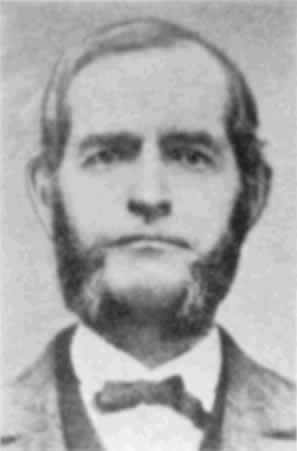
The life of Henry Allen, father of Colorado Masonry, is replete with accomplishment in fraternal and business circles. He was a pioneer in Masonry in Iowa, Colorado, Idaho, and Montana.
In Auraria and Colorado he organized many constructive projects. An owner of stock in the Auraria Town Co., in 1859 he was the organizer of the Minnehah Town and Marble Co., and became its president. The next year he developed the Capitol Hydraulic Co., which constructed Platte Water Company’s ditch, later the City Ditch of Denver.
He was a pioneer banker, associated with two other prominent Masons, W. M. Slaughter and R. Sopris. An early advertisement read “Allen, Slaughter & Co. Buy and Sell all kinds of real estate, mining claims and mining stock, collect debts, receive deposits, and in a short time will be prepared to sell exchange on the East.”
Politically, he was Auraria’s first Postmaster. In April of 1859 he presided over a meeting he had called to consider the advisability of a new Territory. He was a delegate to the first Constitutional Convention in 1859, having in view the formation of the State of Jefferson. He presided over this group as well as being chairman of its judiciary committee.
Allen was the first Senior Warden and second Master of Idaho Lodge No. 1 at Bannock (Idaho City). In 1866 or ’67 he was admitted to Helena No.3 of Montana and became its Master in 1869. He had been electcd an honorary member of the Grand Lodge of Montana in 1867. That body upon his death in Los Angeles in 1871 inscribed a page in its proccedings to his memory: “A man of large and warm heart, of generous and active sympathies, a true and tried Mason who loved the institution and lived its principles. . . . An active and efficient promoter of peace and harmony in every community and institution in which he moved.”
DR. LEVI J. RUSSELL
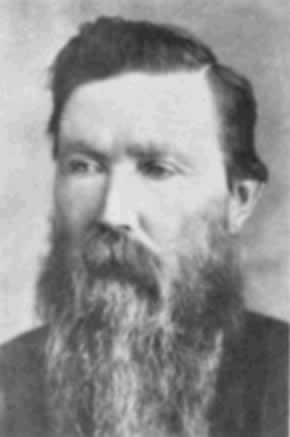
Doctor Levi J. Russell was one of three brothers in the Russell prospecting party who first found gold in the Upper Reaches of Cherry Creek in 1857. They arrived at Cherry Creek and the Platte in October, 1853, naming the camp Auraria, after their hometown in Georgia.
As they were Southern sympathizers, the three fled to the South in 1862 after the Civil War started but were arrested enroute by Union troops. Denver friends obtained their release. The other two brothers left Denver in May, 1863, for the South but “the Doctor” journeyed to the new mining camps of Montana. After giving up prospecting he resumed the practice of medicine in Bell County, Texas.
WM. M. SLAUGHTER
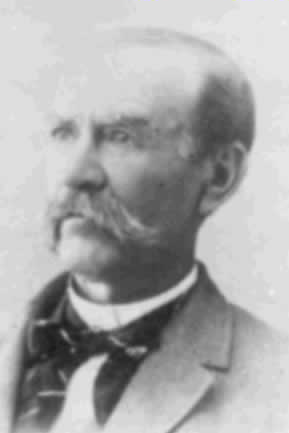
Wm. M. Slaughter was not only one of “the Original Seven” but also was prominently associated with the erection of the first Masonic Temple at Gregory Gulch. His name has been preserved for posterity in the monument erected to that first Temple by the Grand Lodge. The inscription reads: “On this site there was erected in the Month of June, A. D., 1859, the first Masonic building in the State of Colorado. The Act of Pre-emption as shown by the Gregory Mining District Records:
‘Know all men by these presents that WM. M. Slaughter, John Hughes, and Joseph Castro, a building committee appointed by the Free and Accepted Masons, do this day Pre-Empt one block for the purpose of erecting a Masonic Temple June 12, 1859.
WM. M. Slaughter
John Hughes
Joseph Castro
“‘Erected by the Grand Lodge of Ancient, Free and Accepted Masons of Colorado. AD 1932 AL 5932′”
OSCAR E. LEHOW
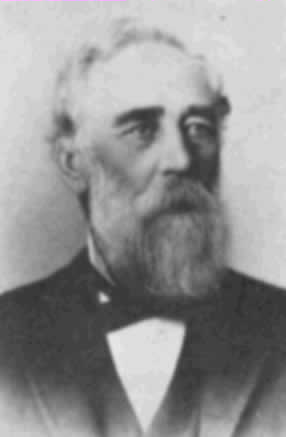
After the panic of 1857, Oscar E. Lehow a carpenter and joiner left Charleston, S. C., and came to Belleview, Neb., where he contracted until the fall of ’58 when he crossed the plains in search of better promises.
When he arrived at Cherry Creek encampment or Auraria, now West Denver, there was but one cabin, that of old John Smith, the Indian guide and trader. He began prospecting for the yellow metal but was disappointed in the results.
However, after John Gregory and George A. Jackson proclaimed their discoveries of large deposits in the mountains, he went up to Vasquez fork and examined Jackson’s diggings on Clear Creek, but soon passed on to Spanish Bar, a mile above, where he and Andrew Sagendorf staked out and worked one of the better claims. In May, 1859, he sold his interest for $4,000, taking pay in cattle, horses, etc.
After acquiring land on Plum Creek, at the mouth of Platte Canon, and in thc San Luis valley, he again pioneered in the mining development near Silver Cliff in 1878 when there were only two cabins in that town.
ANDREW SAGENDORF

Andrew Sagendorf, born in 1828 in New York State, came to Nebraska in 1856 and then to Colorado in 1858 on account of tuberculosis. He and his associate, Oscar Lehow, built a double cabin, half of it on each partner’s lot, to comply with Auraria townsite regulations. Besides its size, it was noted for having a window with the settlement’s only pane of glass and a door made of boards.
Sagendorf, expressing surprise to see the boards in the bottom of their wagon upon arrival, was told by Lehow, “Partner, I never thought you’d make it here (they had walked the entire distance from Omaha) and these boards would have made your coffin if you didn’t.”
He became secretary of the Auraria City Town Company and was a prime mover in merging the competing towns of Auraria and Denver. He also was secretary to Gov. John Evans, Deputy Collector of Internal Revenue, and Postmaster at Denver, resigning the latter position to go to Colorado Springs for his health.
Treasurer of Auraria Lodge U.D., he became Worshipful Master of two Lodges, Denver No.5 in 1864 and El Paso No. 13 in 1880. He was electeced Grand Master in 1883 when 55 years old and died at 83, the last survivor of the “Original Seven.”
J. D. RAMAGE
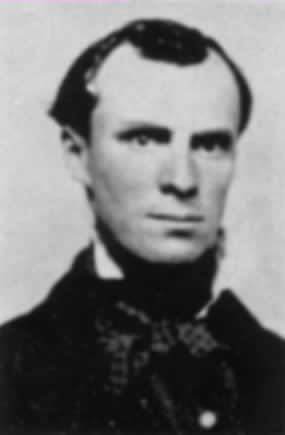
J. D. Ramage was one of the founders of Canon City and president of the Canon City company for two terms. He reported by letter in 1899: “My advent to Colorado was about Nov. 3rd, 1858.
I have had my share of the various trials we have to pass through in this world-amongst others, of having both feet cut off in front of the ankles-the consequence of freezing in the lumber regions of Canada and Maine, which makes it very hard for me to get around; otherwise I would have been in Colorado long ago, as I have very kindly remembrances of it.”
CHARLES H. BLAKE
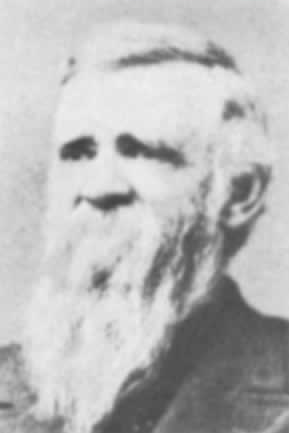
Charles H. Blake became the third Worshipful Master of Auraria U. D. Blake Street in Denver was named after him. He and his partner Andrew J. Williams came from Omaha, arriving on October 29th, 1858 with four wagons of merchandise, each wagon drawn by four span of oxen.
They first sold direct from the wagons and were the first to open business in a log cabin on Cherry Creek in January, 1859. Disposing of the merchandise in four months, Blake purchased Denver’s first hotel, the Denver House, in May, 1859. He then engaged in the real estate business.